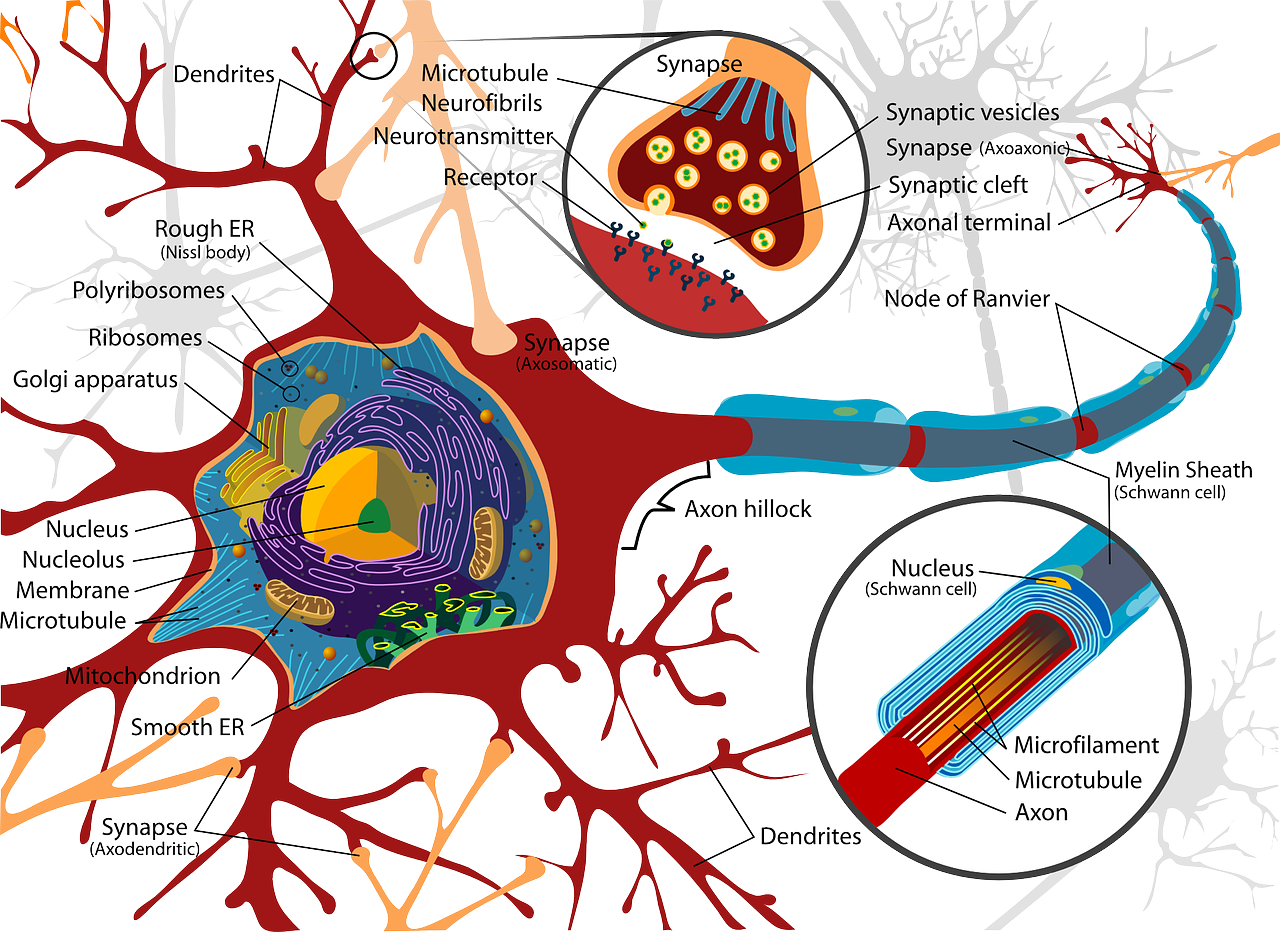MS causes a wide range of clinical symptoms and varying disease courses among patients. The causes of MS are currently unknown, but scientists have postulated several environmental factors (within the body) that may contribute to the development of the disease. Recent work has found a correlation between myelin damage and a structural phase transition from a healthy stack of lamellas to a diseased inverted hexagonal phase, as a result of altered lipid stoichiometry and low myelin basic protein (MBP) content. In this study, the team investigated whether environmental conditions, such as buffer salinity and temperature, could induce the same pathological phase transition. Although environmental conditions are highly regulated in vivo, the membrane’s proximity to a structural phase transition boundary makes it susceptible to minor local environmental alterations.

The myelin membrane is a complex biological system, comprising a mixture of different lipids. The cytoplasmic leaflets of myelin contain five dominant components that alter in demyelination diseases such as MS. The researchers used Diamond’s I22 beamline, I911-SAXS at MAX IV Laboratory, SWING at Soleil synchrotron, and P12 at EMBL BioSAXS, to study myelin vulnerability, measuring its structure in the context of membrane self-assembly. By measuring the structure at various conditions, they were able to identify the dominant intermolecular forces stabilising the membrane.
Investigating the microscopic structure of myelin membrane under various conditions that may affect its functionality allowed the team to identify the critical conditions that alter myelin structure. Their results showed that changes in buffer salinity (ion type and concentration) or in temperature cause the membrane to make a transition between a healthy stack of lamellas to inverted hexagonal phase. The phase transition points are ion specific and strongly depend on the membrane composition, which should be of great relevance to myelin stability and vulnerability, in particular in the diseased state.
These findings demonstrate that several local environmental changes can trigger pathological structural changes. Prof Roy Beck of Tel Aviv University says, “we postulate that these structural modifications result in myelin membrane vulnerability to the immune system attacks and can contribute to the development of MS. They also show that the physiological environmental conditions critical for myelin proper function could lead to new diagnostic techniques for early MS detection, and novel treatment options.”
The combination of small angle X-ray scattering - SAXS - and electron microscopy in this study really highlights how complementary the two techniques are. SAXS gives a very rapid assessment of the global changes in myelin structure in response to environmental changes, while the cryo-electron microscopy adds the fine detail. Both are necessary to understand how the disease progresses. Hopefully this work will lead to better treatments for a condition that affects so many people.”
To find out more about the I22 beamline, or to discuss potential applications, please contact Principal Beamline Scientist Nick Terrill: nick.terrill@diamond.ac.uk.
Diamond Light Source is the UK's national synchrotron science facility, located at the Harwell Science and Innovation Campus in Oxfordshire.
Copyright © 2022 Diamond Light Source
Diamond Light Source Ltd
Diamond House
Harwell Science & Innovation Campus
Didcot
Oxfordshire
OX11 0DE
Diamond Light Source® and the Diamond logo are registered trademarks of Diamond Light Source Ltd
Registered in England and Wales at Diamond House, Harwell Science and Innovation Campus, Didcot, Oxfordshire, OX11 0DE, United Kingdom. Company number: 4375679. VAT number: 287 461 957. Economic Operators Registration and Identification (EORI) number: GB287461957003.